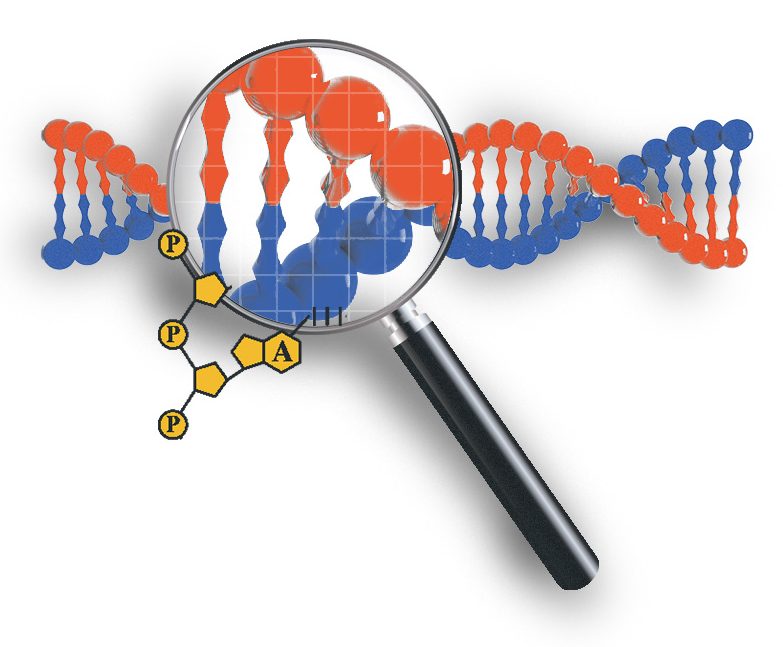Joseph Jones, an anthropologist at the College of William & Mary and one of the site’s investigators, told me that the science matured even while his team was still excavating. At the start of their dig, they analyzed skeletal remains using the same techniques that archaeologists had used for almost a century, measuring the size of bones and looking at damage to them to infer details of people’s lives. Today, though, the team is using modern techniques that previous generations of researchers only dreamed of: using lasers to slice micro-thin pieces of tooth enamel so the isotopes trapped within can be analyzed; sequencing ancient DNA to connect people who died centuries ago to their descendants.
The African Burial Ground was uncovered at a moment of cultural discovery as well. Historians were investigating the role enslaved people played in building northern cities, while Black scholars like Henry Louis Gates Jr. and authors like Toni Morrison were centering the roles of African-Americans in US history.
By using remote sensing technologies like lidar, researchers can uncover an entire city grid, giving us a better picture of what it would have been like to walk through neighborhoods and peek into shops.
Scientific analysis at the site added persuasive data to these social movements and changed the way many Americans viewed their nation’s founding. It revealed that enslaved people from Africa built many of the cities that Americans still live in today—in the North and the South. And it showed how we went from being a nomadic species that traveled in small bands to sharing tightly packed habitats with millions of other people.
The African Burial Ground project was among the first to use a new constellation of “bioarchaeology” tools that went way beyond the traditional pickaxes and brushes. But this was simply the first stage of a much broader archaeological revolution that brought scientists and humanities scholars together to generate data about our ancestors. Today, researchers supplement bioarchaeology with 3D photography, lidar, satellite imagery, and more.
Sometimes called “data archaeology,” this kind of high-tech exploration is well suited to the study of urban history. By using remote sensing technologies like lidar, researchers can uncover an entire city grid, giving us a better picture of what it would have been like to walk through neighborhoods and peek into shops. This kind of data makes accurate digital re-creations possible, which means historians can turn a remote, inaccessible site into something that anyone can visit online.
This data democratizes history, too: scholars can now examine hundreds, if not thousands, of remains and process large data sets to gain insight into the experiences of ordinary people—not just the lucky few who owned land, emblazoned their names on monuments, or held public office.
Tooth telling
Data archaeology is particularly good for historians studying cities because urban places often hold the stories of immigrants who might be otherwise difficult to trace. Bioarchaeologist Michael Blakey, who has led the African Burial Ground project since the early 1990s, said his team would never have known where people in the cemetery came from if they hadn’t been able to do several kinds of chemical analysis on their tooth enamel. Because this enamel is built up in layers as humans mature, chemists can study a cross-section of the tooth and learn what substances people were exposed to as children. It’s a bit like analyzing tree rings, where each layer of enamel represents a period of the person’s life.

MAX-O-MATIC
Immediately, they found a sharp dividing line between people born in Africa and people born in the Americas: lead. Though African civilizations worked with a range of metals, lead was almost exclusively used by Europeans, for things like pipes and pewter dishes. Anyone who had lead in childhood tooth enamel was almost certainly born locally.
As the science developed, Blakey’s group also used a technique called strontium isotope analysis to learn more about where people had come from. When people eat and drink in a specific area for a long time, their teeth absorb a small amount of strontium, an element that leaches out of the rocky ground into food and drinking water. Strontium from older landmasses has a slightly different chemical signature than strontium from newer ones, so looking at the isotopes in people’s tooth enamel lets researchers determine roughly where they lived throughout their lifetimes.
Credit: Source link


